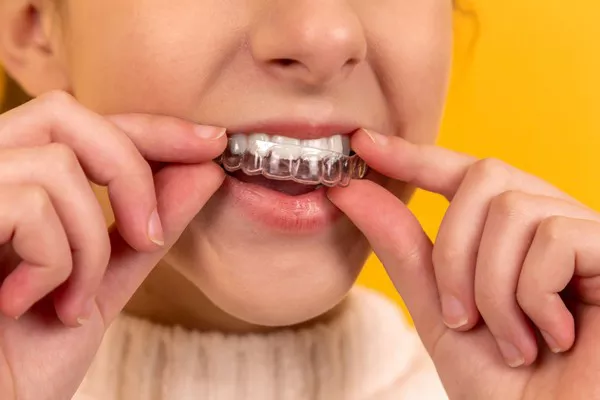Dental fillings are one of the most common restorative procedures performed in modern dentistry. Whether treating cavities or replacing old, damaged fillings, dental fillings can help patients restore the function and appearance of their teeth, while also preventing further decay and damage. However, one question that often arises is whether dental fillings last forever or not. In this article, we will explore the factors that affect the durability of dental fillings, how long they typically last, and what you can do to extend their lifespan.
How Long Do Dental Fillings Typically Last?
The lifespan of a dental filling depends on several factors, including the type of filling material used, the size of the filling, the patient’s oral hygiene habits, and the location of the filling within the mouth. Generally speaking, dental fillings do not last forever, but with proper care and maintenance, they can last for many years.
Type of Filling Material
There are several different types of dental filling materials, each with its own unique advantages and disadvantages. Some of the most common types of dental filling materials include amalgam, composite resin, ceramic, and gold.
Amalgam fillings are made from a combination of metals, including silver, mercury, copper, and tin. They are known for their durability and can last up to 15 years or more, depending on the size of the filling and the patient’s oral hygiene habits.
Composite resin fillings are made from a mixture of plastic and glass particles and are designed to match the color of the patient’s natural teeth. They are less durable than amalgam fillings and may need to be replaced every 5-10 years, especially if they are located in areas of high stress or pressure.
Ceramic fillings are made from porcelain or other ceramic materials and are known for their strength and durability. They can last up to 20 years or more, but they are also more expensive than other types of fillings.
Gold fillings are the most durable type of filling material and can last up to 20 years or more. They are also the most expensive and may not be covered by dental insurance.
Size of the Filling
The size of the dental filling can also affect its durability. Larger fillings are more likely to crack or break over time, especially if they are located in areas of high stress or pressure, such as the molars. Smaller fillings, on the other hand, may last longer and require less maintenance.
Oral Hygiene Habits
Good oral hygiene habits are crucial to maintaining the lifespan of a dental filling. Brushing twice a day with fluoride toothpaste, flossing daily, and using an antimicrobial mouthwash can all help prevent decay and maintain the integrity of the filling. Poor oral hygiene habits, on the other hand, can lead to tooth decay and gum disease, which can compromise the filling and cause it to fail prematurely.
Location of the Filling
The location of the dental filling within the mouth can also affect its durability. Fillings in the front teeth typically last longer than those in the back teeth because they are subjected to less stress and pressure during chewing. Fillings in the molars, on the other hand, may need to be replaced more frequently due to their location and the high amount of pressure they endure.
What Can You Do to Extend the Lifespan of Your Dental Fillings?
Practice Good Oral Hygiene
Maintaining good oral hygiene habits is essential to extending the lifespan of your dental fillings. Brush your teeth twice a day with fluoride toothpaste, floss daily, and use an antimicrobial mouthwash to kill bacteria in your mouth.
Visit Your Dentist Regularly
Regular check-ups and cleanings with your dentist can help detect any problems early on and prevent them from becoming bigger issues. Your dentist can also monitor the condition of your fillings and recommend any necessary maintenance or replacement.
Avoid Excessive Force and Pressure
Avoid biting down hard on objects such as pens, pencils, or ice cubes, as this can cause damage to your dental fillings. If you grind your teeth at night, consider getting a custom-made mouthguard to protect your teeth and fillings from damage.
Choose the Right Filling Material
Discuss the best filling material for your needs with your dentist. Consider factors such as the location of the filling, the size of the cavity, and your budget when making your decision.
Address Problems Early On
If you experience any pain or discomfort around your filling, contact your dentist immediately. Early intervention can prevent further damage to the filling and the underlying tooth.
Conclusion
Dental fillings do not last forever, but with proper care and maintenance, they can last for many years. The lifespan of a filling depends on several factors, including the type of filling material used, the size of the filling, the patient’s oral hygiene habits, and the location of the filling within the mouth.
Related Topics:
































